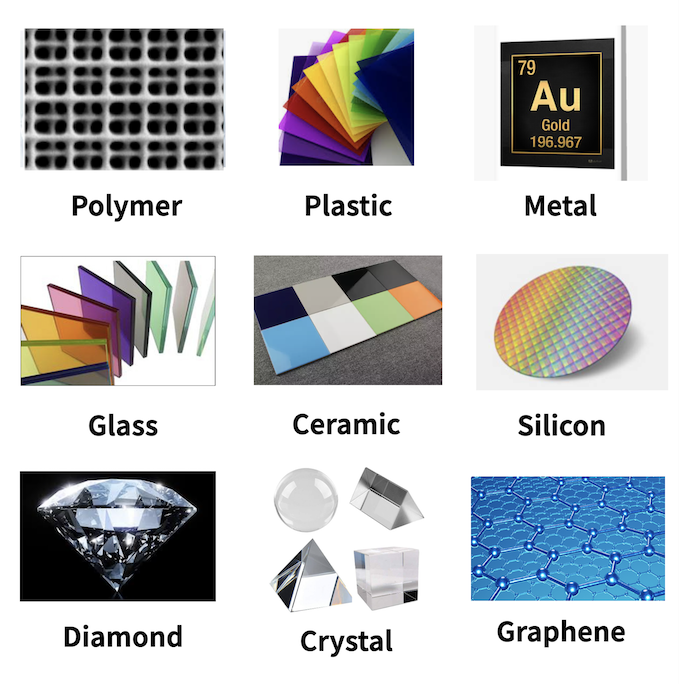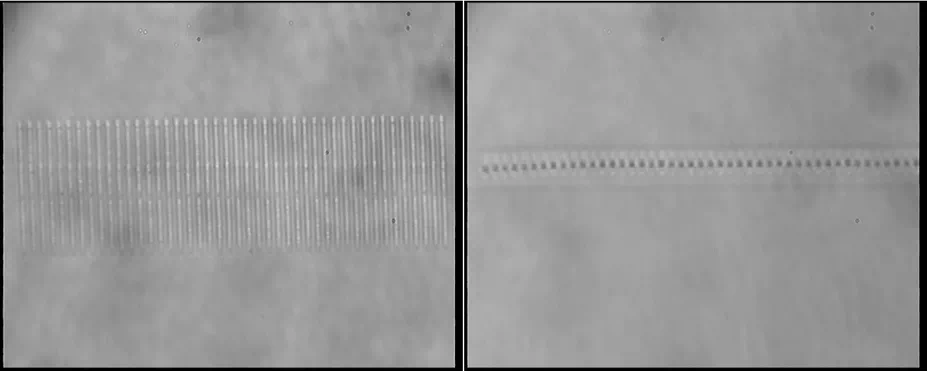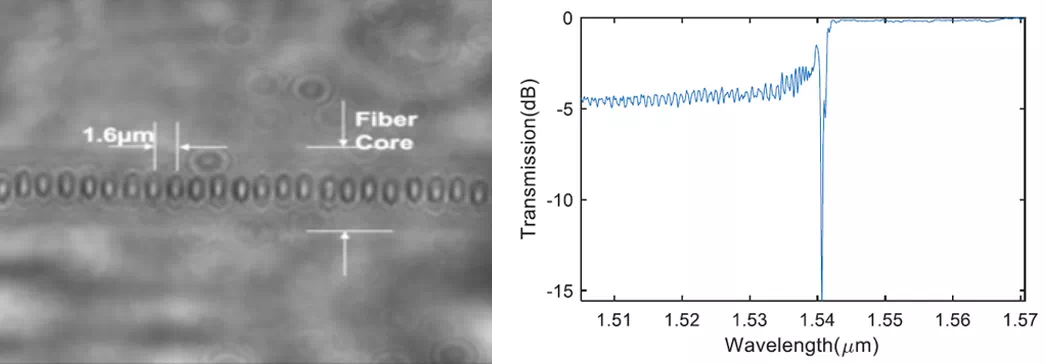Product
Menu
Solution
Menu
Technology
Menu
For Scientific Research & Industry Modernisation.
Traditional 3D laser nanoprinting technology employs high-frequency & low-pulse femtosecond laser devices, which only achieves single photopolymerization. Additionally, the materials applicable are subject to those polymers which can be photopolymerized (including polymers made of glass and ceramics). Therefore, its application is extremely limited. A mature and commercialized product which enables nanofabrication through photopolymerization has been long sought.

The laser of the Innofocus system is selected to meet the highest performance specifications required for micro and nano laser fabrication: the wavelength, the tunable repetition rate, and the appropriate pulse width and high peak power. Depending on the field of research or application, the correct selection of these performance specifications will give the laser the greatest freedom in fabricating different materials. Depending on the requirements, the materials to be fabricated can cover a wide range of materials such as conventional polymers, glass, crystals, photoresists, metals, low-dimensional materials, solid dielectric materials, ceramics, etc. to achieve high precision fabrication.
Based on these market needs, Innofocus introduces high-power femtosecond lasers with tuneable repetition rate (1kHz-500 kHz) and high-pulse energy (up to 100 uj per pulse), which is capable of adjusting the frequency, pulse width and single-pulse energy so to achieve different mechanisms on different materials. In addition to the realization of the conventional photopolymerization mechanism, Innofocus further enables:
– Laser modification in optical crystals (including glass, lithium niobate, sulfur-based glass, etc.) and
– Laser nanofabrication of high-hardness materials such as ceramics, sapphire and diamond (shown in Figure below).

Recently, Innofocus has been working on the newest 2D materials, including graphene, black phosphorus, and transition metal dichalcogenides, and MMF enables numerous operations on them including photo-reduction, photo-oxidation, photo-modification, and layer-by-layer photo-exfoliation. For these 2D materials, by MMF, photonic components can be fabricated in a single step.

Figure source from: Han Lin, Zai-Quan Xu, Chengwei Qiu, Baohua Jia, Qiaoliang Bao, “High Performance Atomically Thin Flat Lenses”, arXiv, 1728249
Innofocus’s mature capability of multi-material processing has greatly expanded the application areas of 3D laser nanofabrication technology. It signifies a solid step towards higher-capacity industrial nano-manufacturing. Innofocus is currently manufacturing fibre Bragg gratings (FBG) and optical waveguide devices at commercial level, thanks to our 3D intelligent laser nanofabrication system.
Moreover, the ability to process a variety of materials is also crucial for academia as it may satisfy their needs for different research on various materials, considerably expanding the research field.

Figure. MMF enables mass manufacturing of femto-FBG, complex optical waveguide devices and etc.


